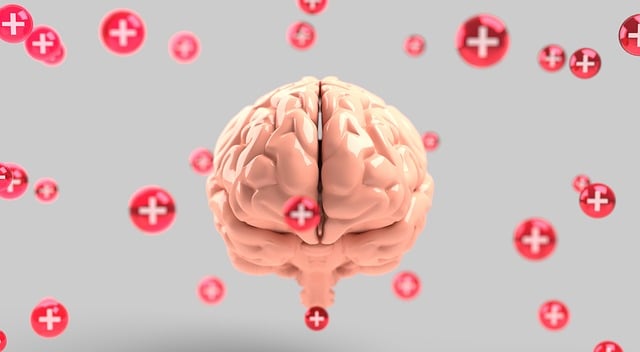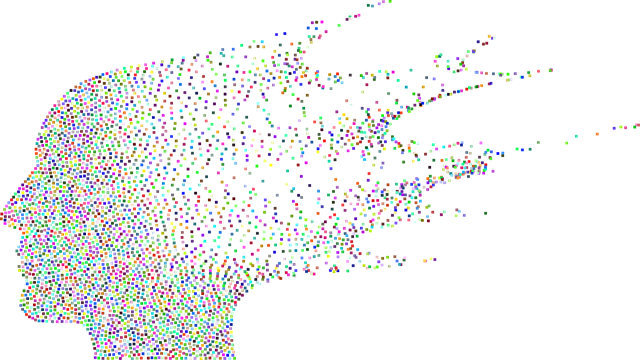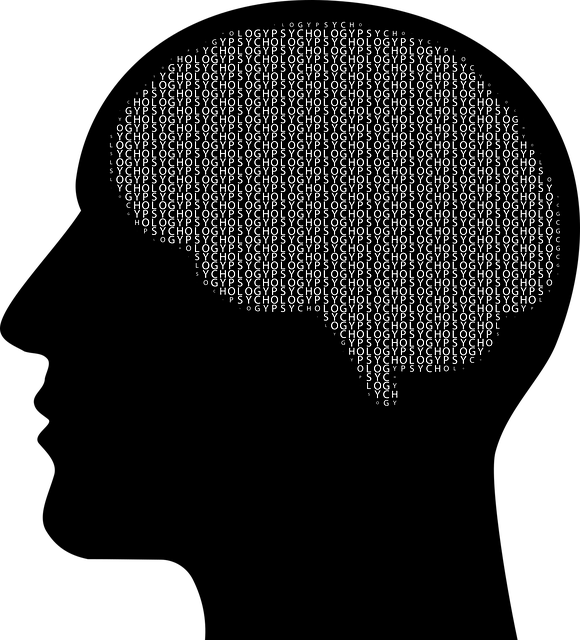Understanding mental wellness programs, especially Therapy for Suicide Prevention, involves evaluating their effectiveness through a blend of quantitative (participant feedback, self-reported improvements) and qualitative (interviews, focus groups) methods. This dual approach captures both the impact on symptoms and the therapeutic journey, guiding program refinement. Measuring Stress Reduction Methods and Emotional Well-being Promotion Techniques is vital for success, with structured questionnaires and interviews providing insights into participant experiences and mental health improvements. Integrating these evaluation techniques allows organizations to continually enhance their Therapy for Suicide Prevention strategies, ensuring they meet the diverse needs of at-risk individuals.
“Mental wellness program evaluation is a vital aspect of ensuring effective support systems. This article explores comprehensive methods to assess the impact of such programs, focusing on therapy effectiveness and suicide prevention strategies. We delve into data collection techniques, emphasizing the importance of accurate measurement in mental health.
By examining these evaluation approaches, we can gain insights to improve services, especially in therapy for suicide prevention, ultimately contributing to better outcomes for those in need.”
- Understanding Mental Wellness Programs and Their Impact
- Evaluation Methods for Therapy Effectiveness
- Measuring Suicide Prevention Strategies
- Data Collection Techniques in Mental Health
- Analyzing and Interpreting Results for Continuous Improvement
Understanding Mental Wellness Programs and Their Impact

Understanding Mental wellness programs is paramount to evaluating their effectiveness and impact on individuals’ well-being. These programs are designed to address a range of mental health concerns, from stress management and anxiety reduction to more severe conditions like depression and suicidal ideation. Therapy for suicide prevention, for instance, involves targeted interventions aimed at identifying risk factors, providing coping mechanisms, and fostering resilience. By integrating evidence-based practices such as mindfulness meditation, self-awareness exercises, and mental wellness journaling exercises guidance, these programs seek to enhance individuals’ emotional regulation, cognitive flexibility, and overall sense of calm.
Evaluating the impact of mental wellness initiatives requires a multifaceted approach. Metrics like participant feedback, self-reported improvements in mood and symptoms, and adherence rates offer quantitative insights into program effectiveness. Qualitative assessments through interviews or focus groups provide deeper understanding of individuals’ experiences, perceptions of change, and suggestions for improvement. By combining these evaluation methods, mental wellness programs can better tailor their offerings to meet the diverse needs of those seeking support, ultimately fostering more positive outcomes and promoting overall mental health.
Evaluation Methods for Therapy Effectiveness

Evaluation methods play a pivotal role in understanding the effectiveness of therapy programs, especially when focusing on suicide prevention. One key approach involves assessing changes in client outcomes over time. This can be done through pre-post tests, where individuals complete standardized measures before and after treatment, tracking improvements or deteriorations in symptoms related to mental health and suicidal ideation. Longitudinal studies that follow clients across different stages of therapy provide a more comprehensive view, allowing researchers to examine the sustainability of positive outcomes.
Additionally, qualitative methods offer valuable insights into the client experience. Interviews and focus groups can uncover nuanced perspectives on the therapeutic process, including factors contributing to recovery or challenges faced during treatment. Integrating these findings with quantitative data enhances the overall evaluation, supporting evidence-based practices in therapy for suicide prevention, as well as guiding the development of public awareness campaigns, and influencing mental health policy analysis and advocacy efforts.
Measuring Suicide Prevention Strategies

Measuring Suicide Prevention Strategies is a critical aspect of evaluating mental wellness programs. Effective therapy for suicide prevention involves a multi-faceted approach that goes beyond traditional treatment methods. By integrating Emotional Well-being Promotion Techniques and Mental Illness Stigma Reduction Efforts, programs can create supportive environments that encourage self-care practices among at-risk individuals.
Assessing these strategies requires robust evaluation metrics that capture both the qualitative and quantitative impacts. This includes tracking participant engagement in therapeutic sessions, changes in mental health symptoms, and improvements in self-reported emotional well-being. Additionally, measuring stigma reduction efforts can involve surveys and interviews designed to gauge shifts in attitudes and behaviors towards individuals struggling with mental illness. Such comprehensive evaluations are essential for refining programs, ensuring they remain effective, and ultimately saving lives.
Data Collection Techniques in Mental Health

In the realm of mental wellness program evaluations, effective data collection techniques are pivotal for measuring the impact and success of interventions aimed at improving psychological health. These methods play a crucial role in understanding participant experiences and outcomes, especially in areas like suicide prevention where timely and accurate data can mean life-saving interventions. One powerful tool is structured questionnaires designed to assess symptoms, attitudes, and behaviors related to mental health concerns. These tools often include validated scales that capture the severity of symptoms, such as depression or anxiety, providing quantitative data for analysis.
Additionally, qualitative methods like interviews and focus groups offer deeper insights into individuals’ journeys. They facilitate open dialogue about experiences with therapy for suicide prevention, perceptions of trauma support services, and the adoption of stress management workshops within communities. By combining quantitative surveys with rich qualitative narratives, researchers can gain a comprehensive view of participants’ responses to various mental wellness programs, identifying effective Stress Reduction Methods and areas needing improvement in service delivery.
Analyzing and Interpreting Results for Continuous Improvement

Evaluating a mental wellness program involves meticulous analysis and interpretation of results to ensure its effectiveness and identify areas for improvement. After collecting data through various methods, organizations must delve into the numbers, trends, and participant feedback to gain valuable insights. This process allows them to assess the impact of the program on individuals’ mental health outcomes, including potential reductions in anxiety relief and suicide prevention risks.
By examining these results, stakeholders can refine existing therapy for suicide prevention strategies and burnout prevention strategies for healthcare providers. Moreover, identifying key performance indicators (KPIs) related to risk management planning for mental health professionals becomes crucial. This enables continuous improvement, ensuring the program remains dynamic and responsive to the evolving needs of participants.
Evaluating mental wellness programs is crucial to understanding their impact on individuals’ well-being, particularly in areas like therapy for suicide prevention. By employing robust evaluation methods that encompass data collection and analysis, we can ensure these programs are effective, continuously improving, and making a meaningful difference. This approach allows us to tailor interventions, measure success, and ultimately foster better mental health outcomes.












